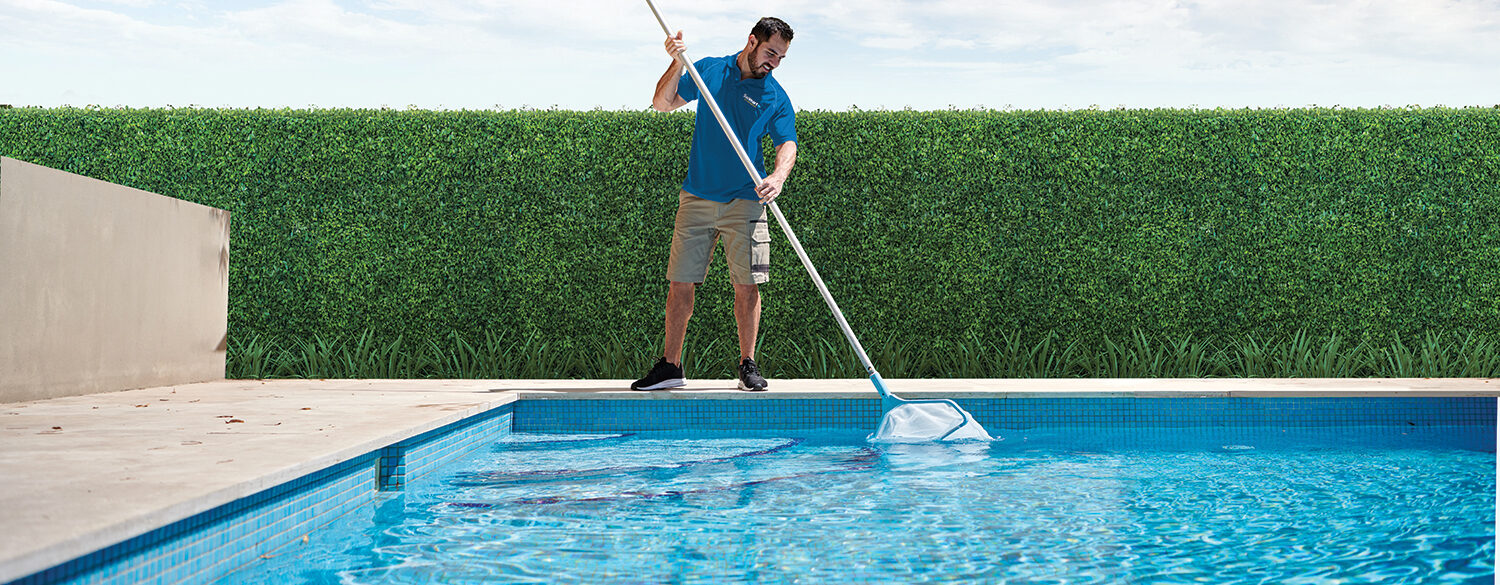| The A Total Concept founder says failure to pay proper attention to landscaping not only compromises the look and feel of your property, but also can require costly revisions such as ripping up incompatible tiles and digging up the lawn to add new irrigation channels.“It can be incredibly disheartening to spend all that time, money and effort and end up with something that doesn’t match the vision you initially had in your mind,” he says. In addition to positioning trees, shrubs and other plant materials on a site, landscaping also includes timber decking, paving, pergolas, water features, cooking appliances and outdoor furniture.
Hot trends
John says homeowners are finding new and interesting ways to break down traditional barriers between indoors and outdoors. "The trend for this is fuelled by the desire to turn the humble backyard into a personal oasis that provides an escape from the hectic pace of life. One way of achieving this is by creating a seamless transition between the home’s interior with the exterior swimming pool and garden areas.
“I have always promoted simplification in design and am finding clients are wanting this more and more,” John enthuses. He reckons pool design is becoming less complicated and so is utilising straight, clean lines and colours rather than complex pool shapes, patterns and hues in his designs. “We've been doing a lot with chunky square edges to create shadow lines around swimming pools, and using coloured micro-grain interiors with plain waterlines using paving beneath the waterline,” John says.
Another trend that has captured John’s attention is the increase in the use of automated pool and garden systems. “These control systems have become much more integrated between the pool and its surrounding area so that the owner can regulate sanitation, heating, lighting, water features and lighting remotely by phone or computer,” he explains.
“The other movement I’m noticing is a change in the types of plants people want around their swimming pool and outdoor entertainment areas. More eclectic planting styles are being asked for, as are mixes of different styles and applications. “The lines between traditional planting styles are being blurred so that it is now acceptable to mix different styles. For example, a tropical garden style using a haphazard mix of bamboos and palms as background planting may be mixed with a formal style border planting to create a new unified landscape.”
Underpinning a lot of these new trends is the desire to be ‘green’, which is infusing everything from pool pumps and plant species to the ways people are using water. “Rainwater tank are one of the most obvious additions to today’s garden, with more people conscious of how they capture and store this precious resource,” John says, adding that grey water is now commonly used to irrigate lawns.
Deep mulching your garden is an effective way to restrict water loss. An added benefit of mulch is that it mediates soil temperature (allowing plants to grow in the colder months) provides nutrients to the soil and retards weed growth.
“Surrounding a pool with a hedge planting of Lillypilly or Cupressu will act as windbreak to retard heat loss and wind evaporation to a pool area,” John continues. “A pool cover can also be incorporated to restrict water loss from the pool and retain heat from the heating system. Incorporating water wise plants with species endemic to your area will not only help create a hardy garden but also entice local flora and fauna to your property.”
Top plant tips for your pool
Be aware of proximity to water ‘splash’ from the pool (be it chlorine or salt)
- Reflected sunlight from pool water and paving. This can intensify the heat on the plant and dramatically increase evaporation and salt leaching
- Plants with highly perfumed, bee attracting blooms in summer and autumn may affect the use of the pool
- Deciduous plants and trees may affect pool maintenance in regard to leaf matter that can fall in the pool
- In a windy location large flowering plants can produce organic matter such as expired flower heads, seed pods and petals, which can end up in the pool, stain the paving and even make it slippery
- ‘Spiky’ pointed leaves on plants (as has been embraced in contemporary garden and courtyard design) may ‘catch’ children and adults as they move around pool paving and outdoor entertainment area
- The consideration of ‘drought tolerance’ in plants must be considered in light of Australia’s water restrictions. Because light and heat intensity tends to be greater around pools, this drought tolerance becomes a higher priority.
|
|


 AUS
AUS NZ
NZ 


